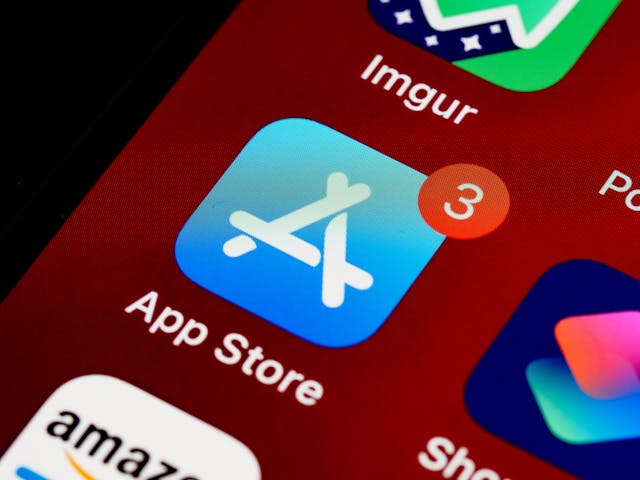In the competitive world of mobile apps, getting discovered on the app store is only half the battle. Once potential users land on your app’s page, the next critical step is to convince them to download your app. App Store A/B testing is one of the most effective ways to optimize your app store presence, improve conversion rates, and boost downloads.
In this post, we’ll explore why A/B testing is crucial for your app’s success and how you can implement it to ensure better results.
Why App Store A/B Testing is Essential
1. Increased Conversions and Installs
A/B testing allows you to experiment with different versions of your app store listing (e.g., icons, screenshots, descriptions) to see which one resonates most with potential users. Even small changes, such as updating an app icon or tweaking a tagline, can significantly impact your conversion rate. By identifying what elements of your listing are most effective, you can optimize for maximum downloads.
2. Understand Your Audience Better
Through A/B testing, you can gain insights into what appeals to your audience. Different demographics and user segments respond to different visuals, messaging, and styles. Testing various elements helps you better understand your target audience’s preferences and fine-tune your app store listing accordingly.
3. Optimize Marketing Spend
If you’re spending time and money on user acquisition campaigns but aren’t seeing enough downloads, A/B testing can reveal inefficiencies in your app store listing. Optimizing your listing will ensure that the traffic you bring in through paid campaigns translates into actual downloads, ultimately leading to a better return on your investment.
4. Stay Competitive
With millions of apps in the App Store and Google Play, your app is competing against countless others. Constantly refining and optimizing your app store listing through A/B testing will help you stay ahead of competitors by making your app more attractive and compelling to potential users.
How to Implement A/B Testing for Your App
Implementing A/B testing for your app store listing involves several steps to ensure you get reliable and actionable insights. Here’s a step-by-step guide on how to run A/B tests effectively:
1. Set Clear Goals
Before starting any test, determine what you aim to achieve. For example, do you want to improve your conversion rate or increase installs from a specific demographic? Having a clear goal in mind will guide your testing process and help you measure success.
2. Create Multiple Variations
Once you’ve chosen the element to test (e.g., app icon, screenshots), create two or more variations. For instance, if you’re testing your app icon, design a few different icons that vary in color, style, or symbolism.
3. Run Controlled Tests
Use platforms like Google Play Experiments or third-party tools like SplitMetrics or StoreMaven to conduct A/B tests. These platforms allow you to show different versions of your app listing to different segments of users and track their behavior.
4. Monitor and Analyze Results
Once the test is running, monitor its performance over a set period. Ensure that the test runs long enough to gather meaningful data and avoid skewed results. Compare metrics such as conversion rates, downloads, and user engagement between the variations to determine the winner.
5. Implement Changes
After analyzing the data, implement the changes that yielded the best results. If, for example, one app icon performed better than the others, update your app listing with that icon permanently.
6. Test Continuously
A/B testing is not a one-time process. The mobile app market is always evolving, and user preferences can change over time. Continue testing different elements of your app store listing to ensure ongoing optimization and sustained success.
App Store A/B testing is a powerful tool that can significantly impact your mobile app’s success. By continually experimenting with different app store elements and optimizing your listing based on real user data, you can improve your app’s visibility, conversion rates, and ultimately, your app downloads. With a data-driven approach to app store optimization, you’ll be well-positioned to outperform competitors and scale your app’s growth.

